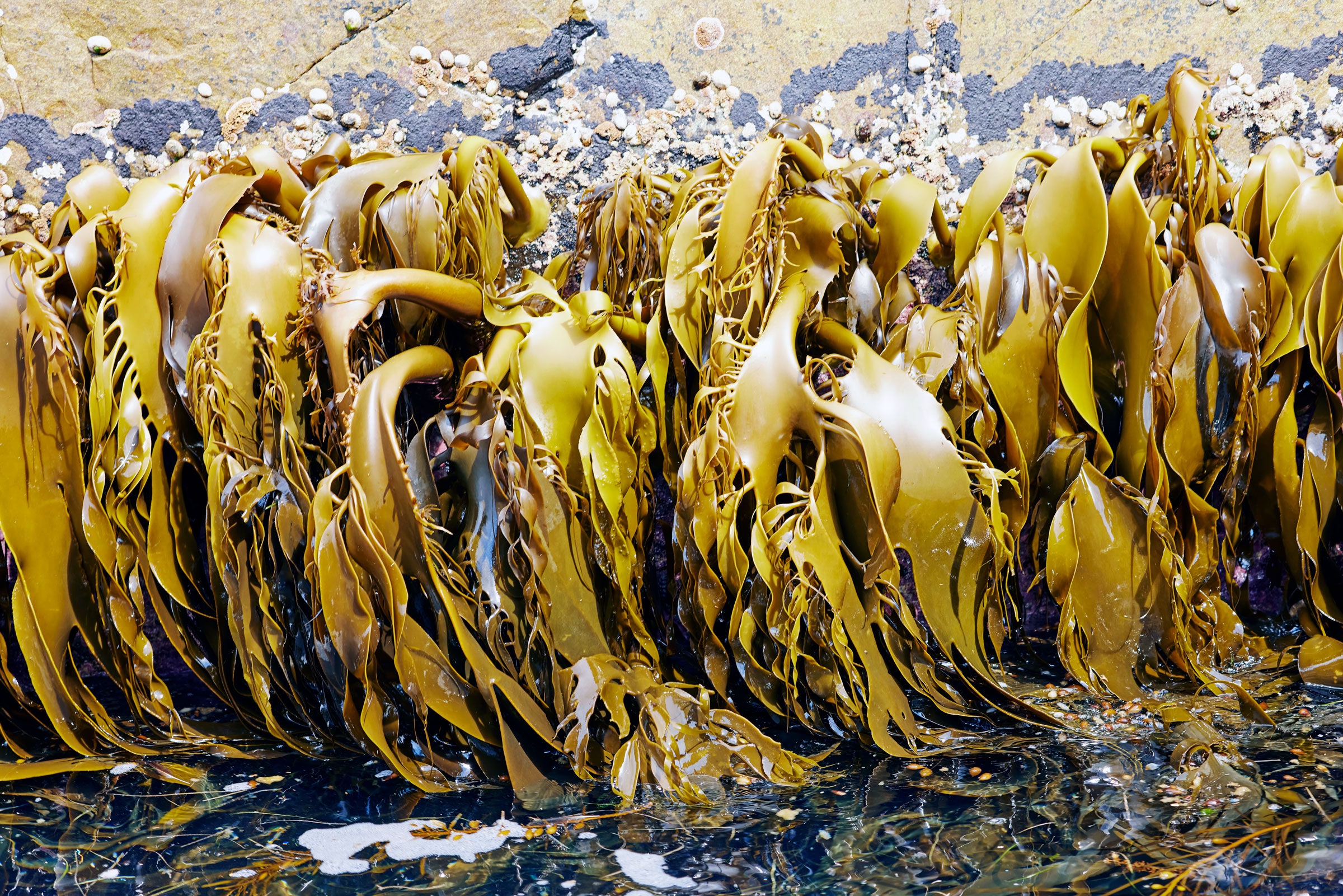Fake Caviar Invented in the 1930s Could Be the Solution to Plastic Pollution
In recent years, plastic pollution has become a global crisis, with devastating consequences for our environment and marine life. As we search for alternative materials to single-use plastics, an unexpected solution may lie in a peculiar invention from the 1930s – fake caviar.
Initially created by French chef Hervé This in the early 20th century, fake caviar, also known as molecular gastronomy caviar, was developed as a culinary innovation to mimic the rich, delicate taste and texture of real caviar while using alternative ingredients. The process involves creating small, edible spheres that resemble traditional fish roe using a technique known as spherification.
Fast forward to the present day, scientists and environmentalists are now exploring the potential of this innovative culinary creation to combat plastic pollution. The key lies in the main ingredient used for making fake caviar – agar-agar. This gelatinous substance derived from seaweed has unique properties that give it potential as a sustainable alternative to plastic.
Agar-agar is biodegradable, renewable, and can be easily sourced from the abundant seaweed found around the world’s oceans. With its wide availability, it has attracted attention as a potential substitute for single-use plastic, particularly in packaging and other applications where plastic’s durability is not necessary.
Agar-based materials have already shown promise in various industries. Companies have begun experimenting with agar-based films and coatings that have similar barrier properties to plastic but are biodegradable. These coatings can be applied to food packaging, reducing the need for plastic films that contribute to pollution.
Moreover, agar-agar can serve as a natural gelling agent in various consumer products such as shampoo, conditioner, and lotion, reducing the reliance on petroleum-based ingredients commonly found in plastic containers. This not only promotes the use of renewable resources but also minimizes plastic waste.
Additionally, agar-agar’s potential extends beyond packaging and consumer products. Researchers are exploring its use in biodegradable medical equipment, disposable cutlery, and even 3D printing applications. This versatile material offers a range of possibilities for sustainable innovation and meaningful progress in reducing plastic pollution.
While agar-based alternatives might not completely eradicate plastic pollution, they offer a viable step towards reducing our dependence on single-use plastics. With further research, development, and engagement from industries and consumers, fake caviar may become a symbol of environmentally-conscious choices and a valuable contribution to tackling plastic pollution.
As we delve deeper into the 21st century, our focus should remain on promoting sustainable practices and embracing innovative solutions like fake caviar. By looking to the past and reinventing the culinary arts, we may find our way towards a cleaner, plastic-free future.
